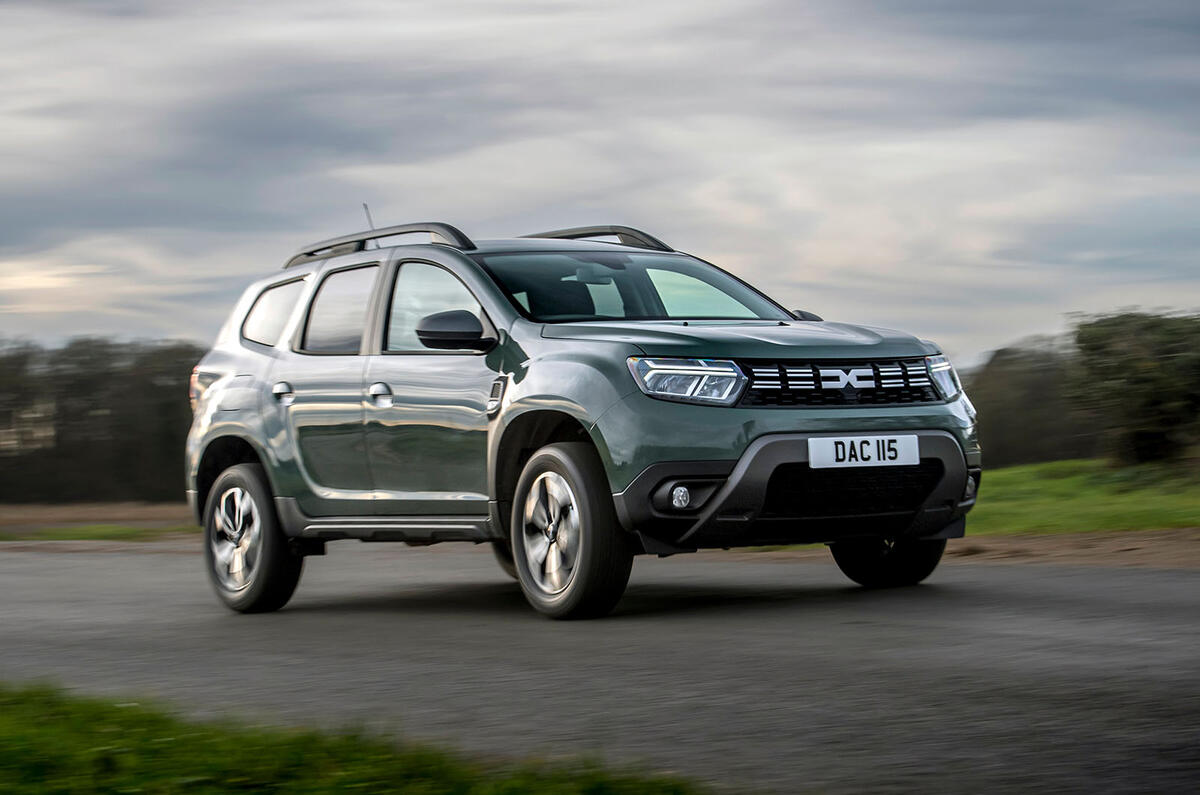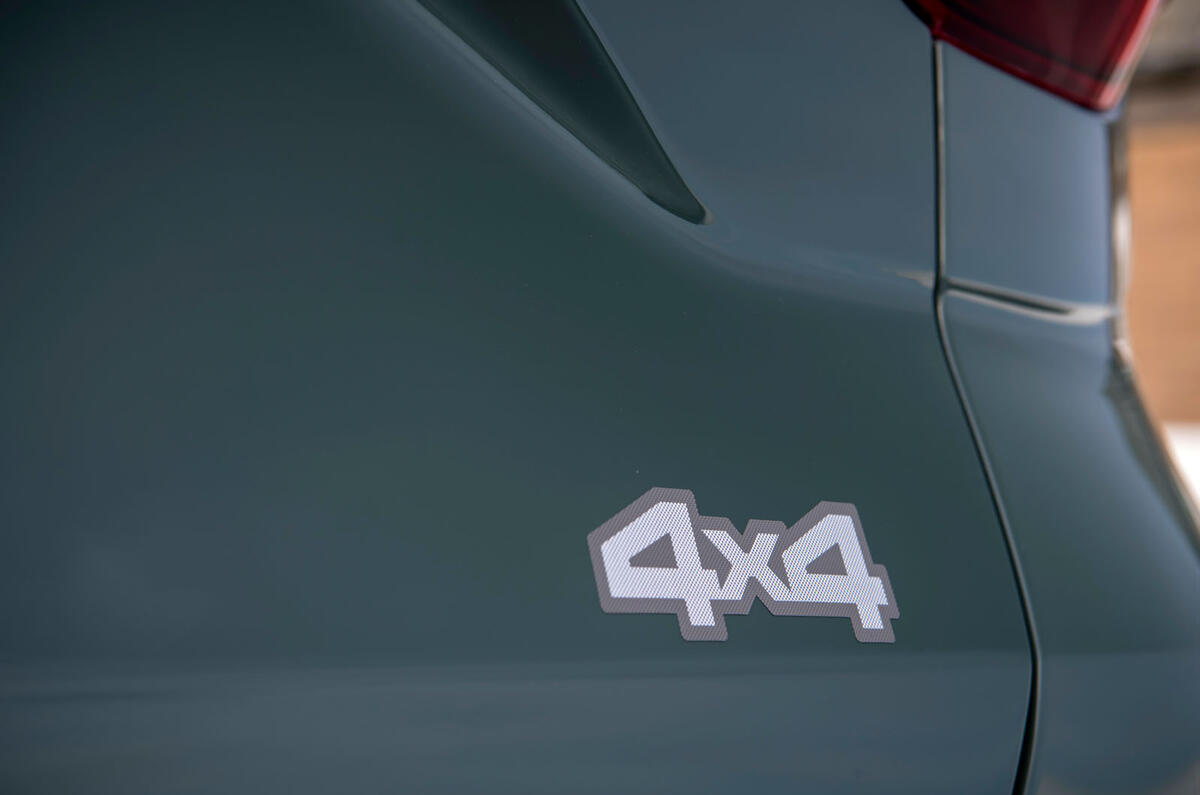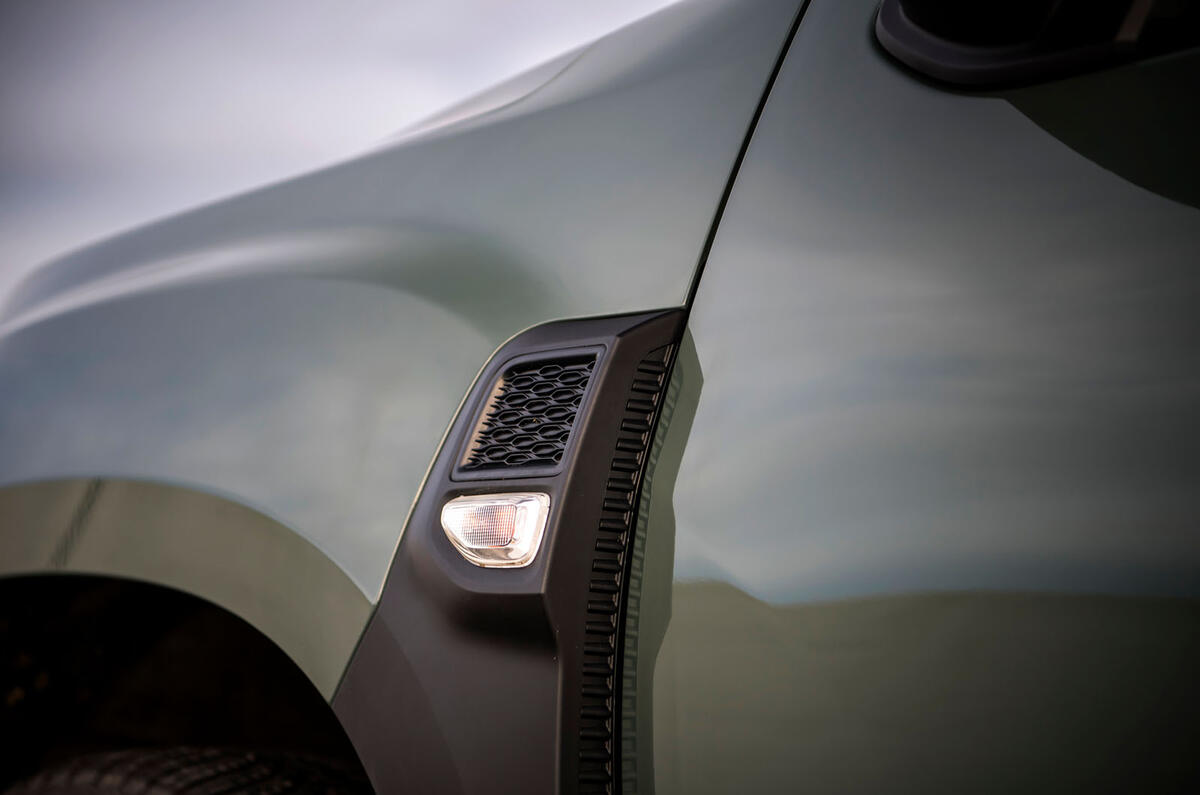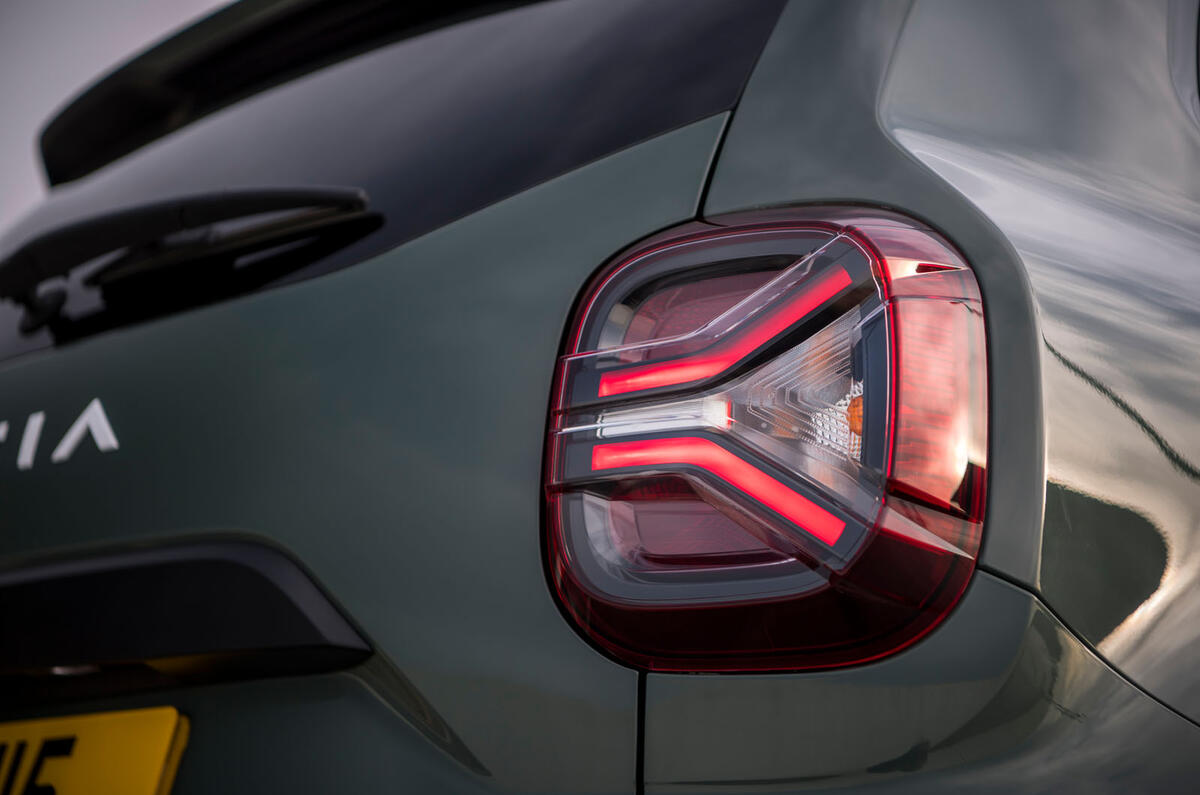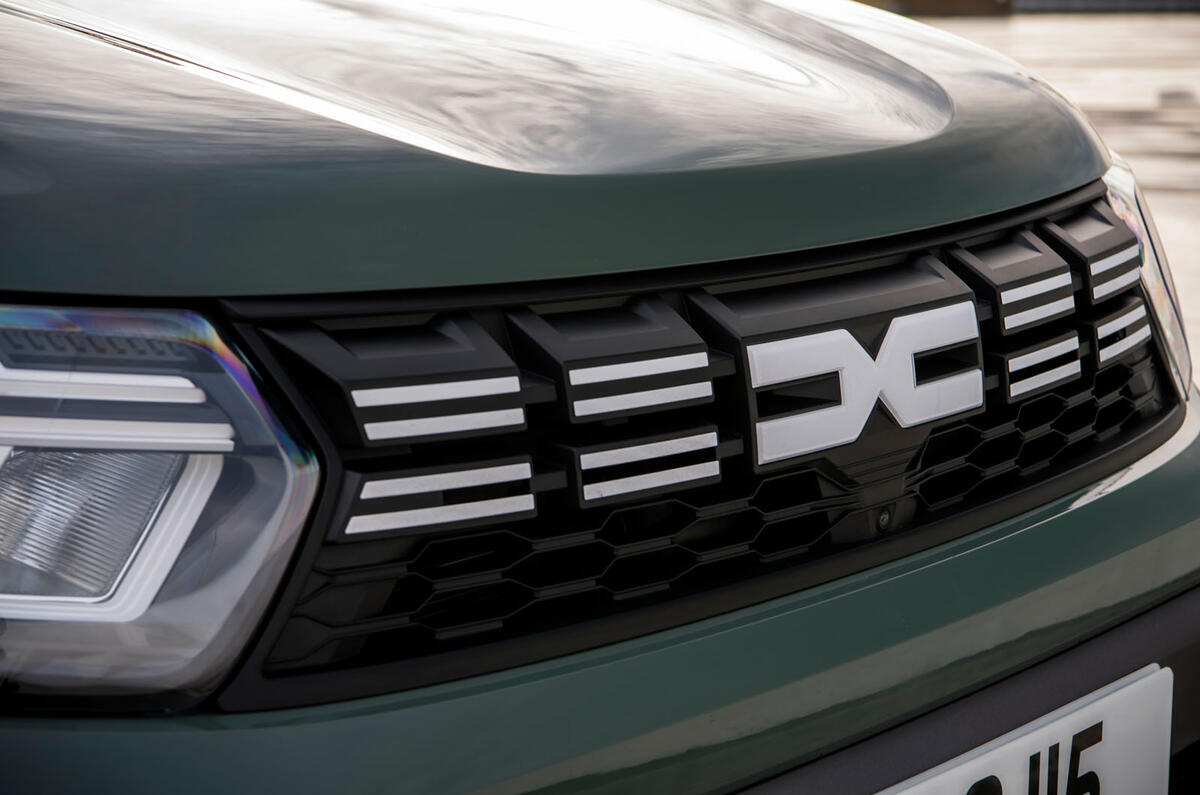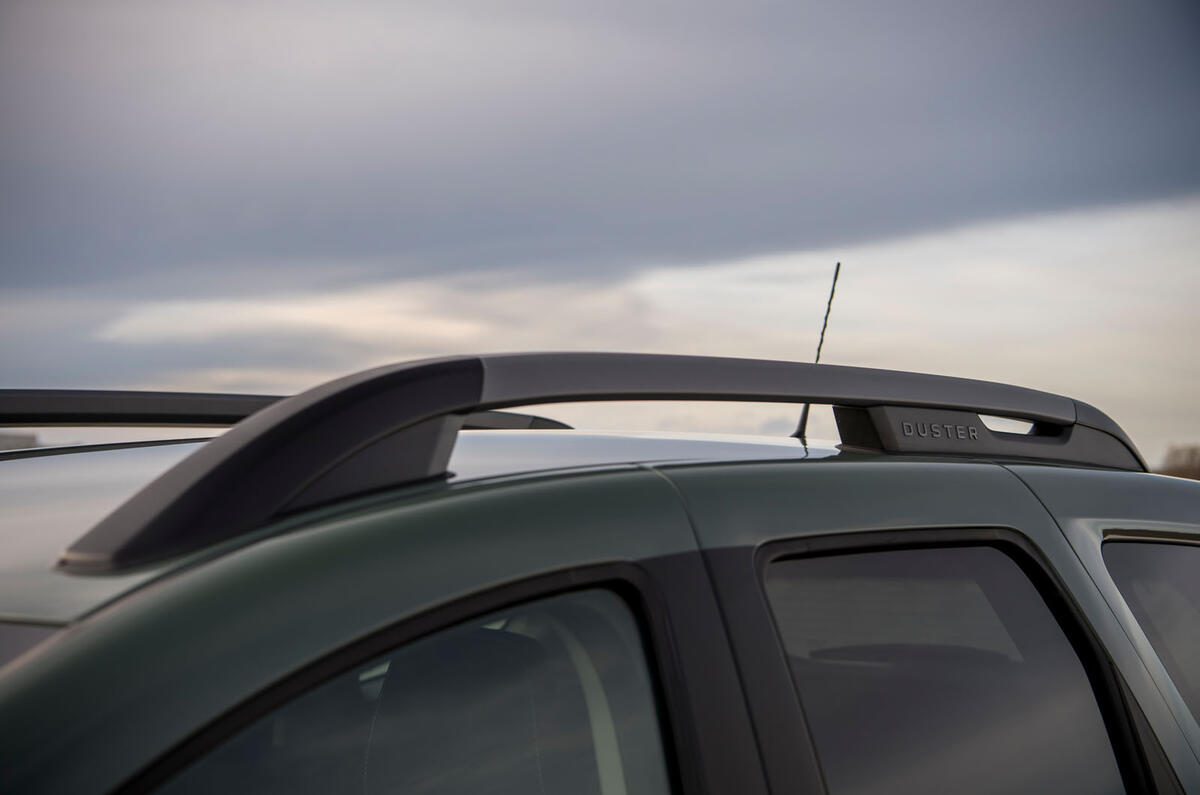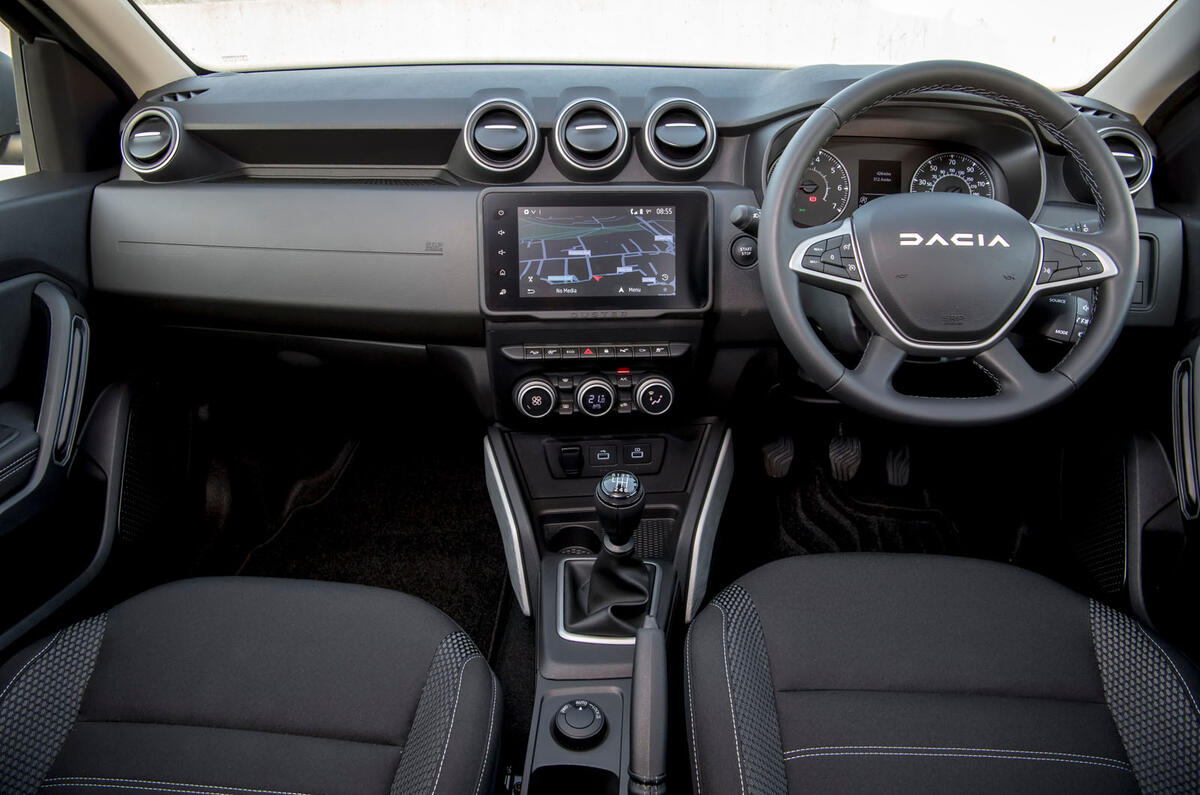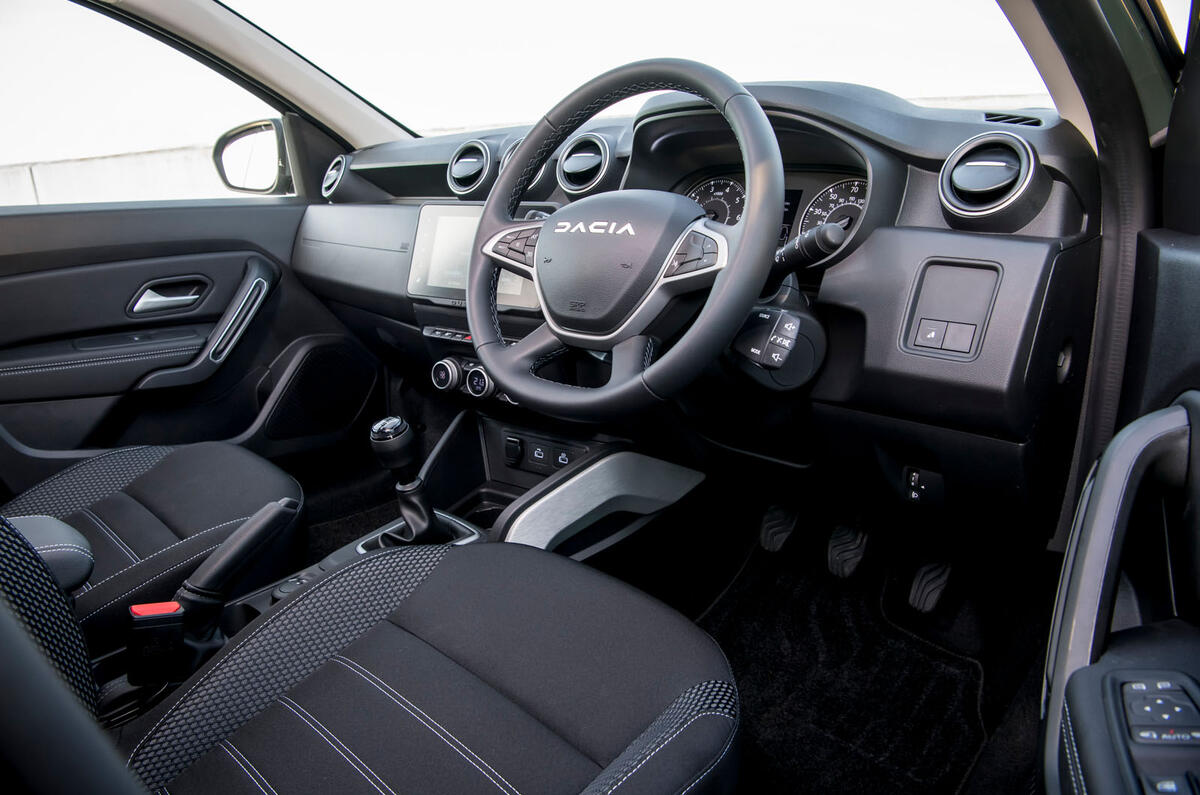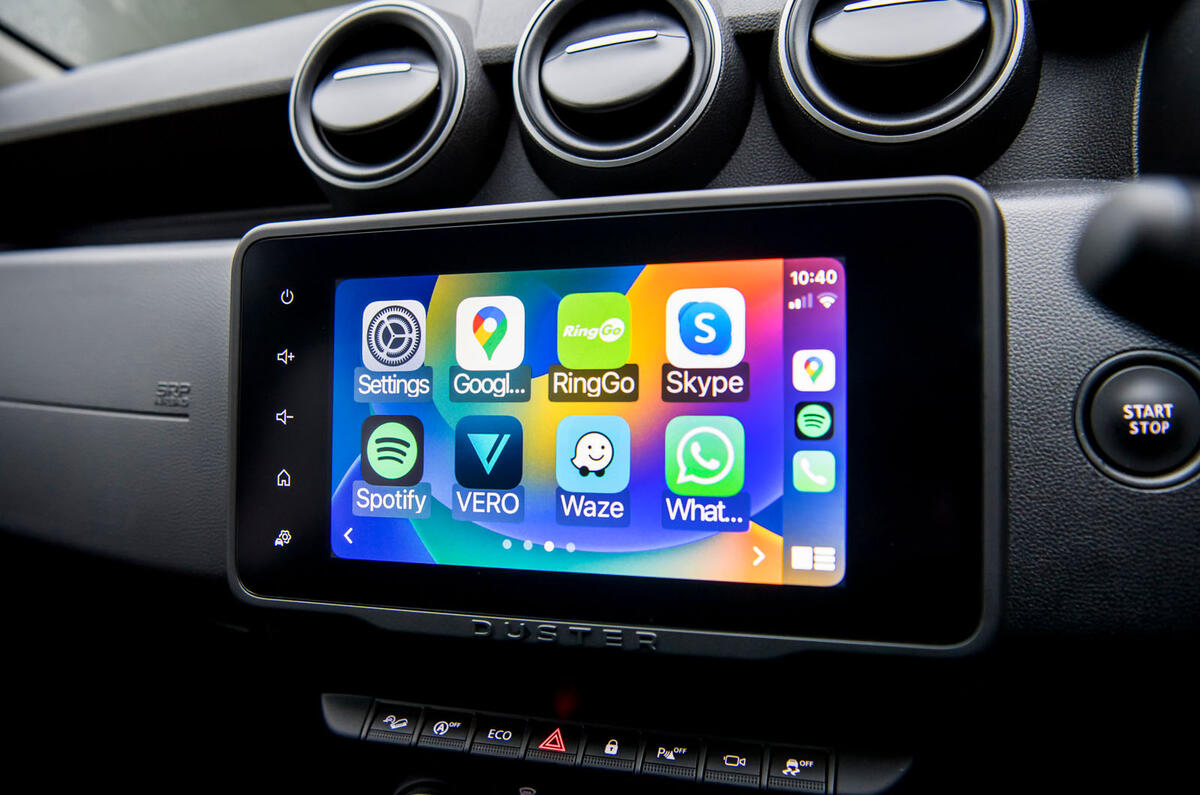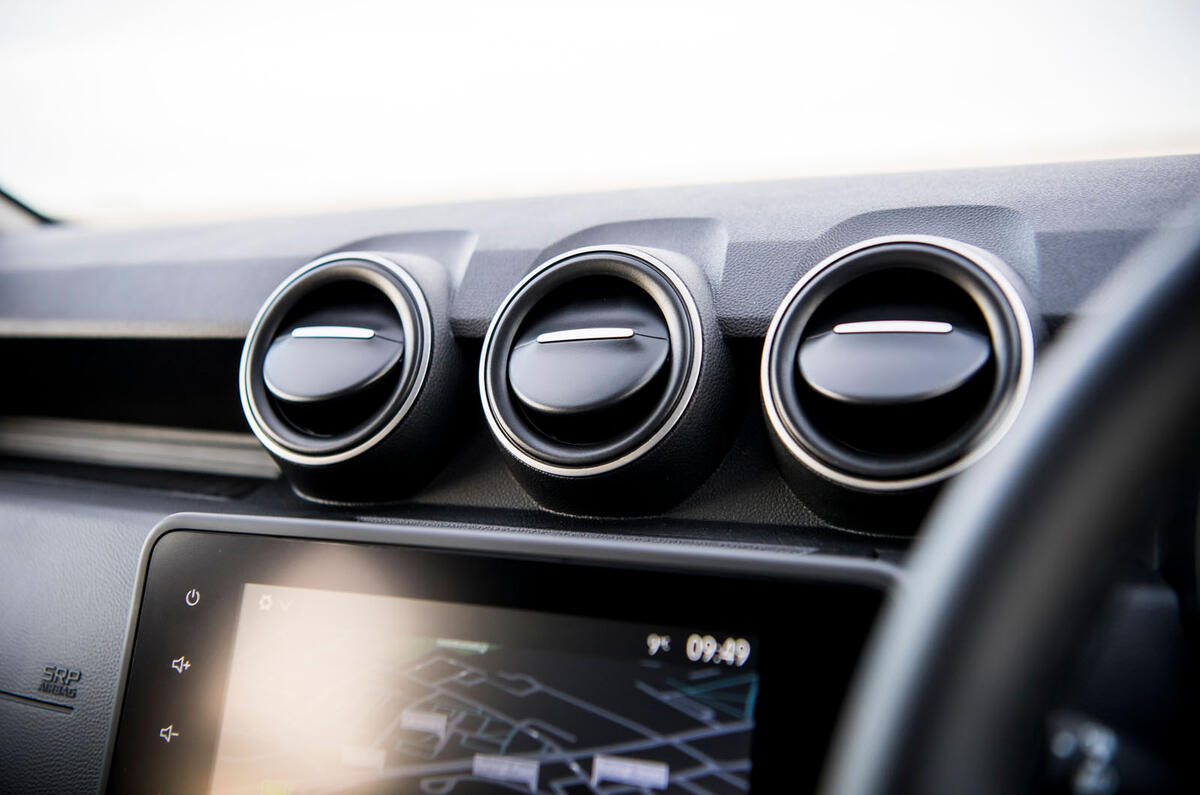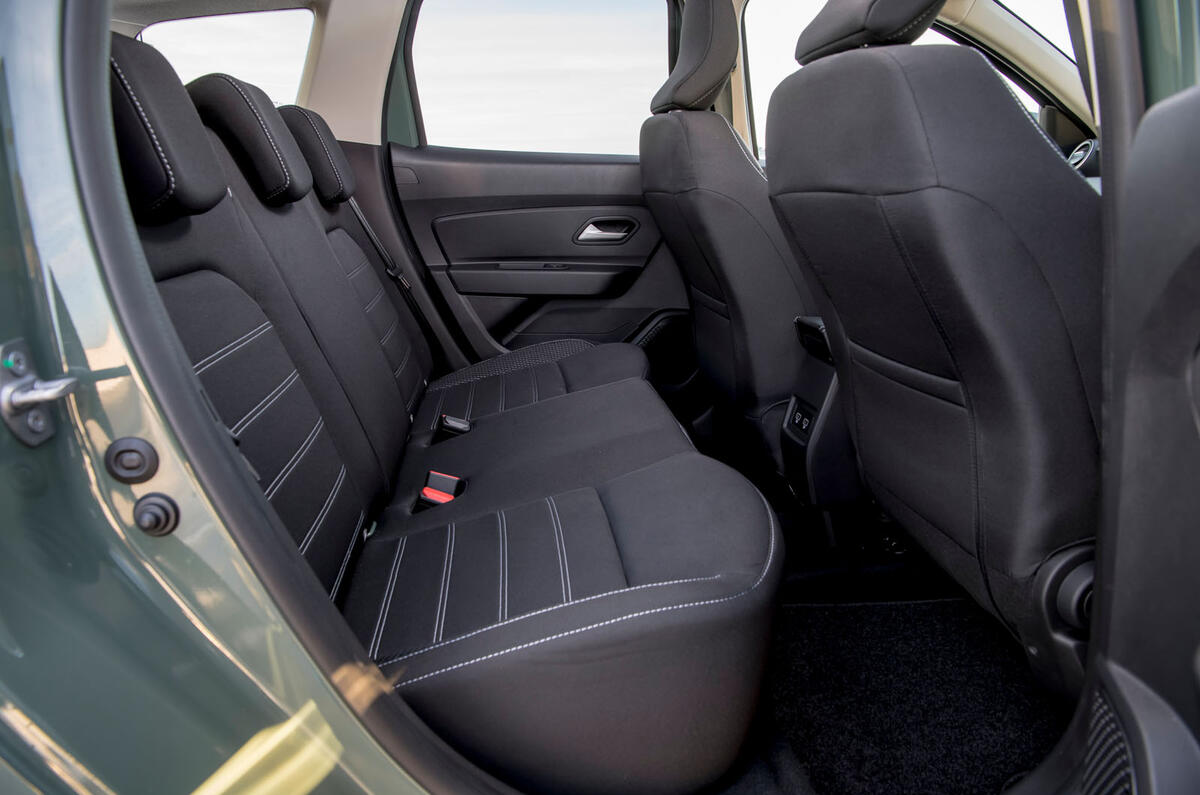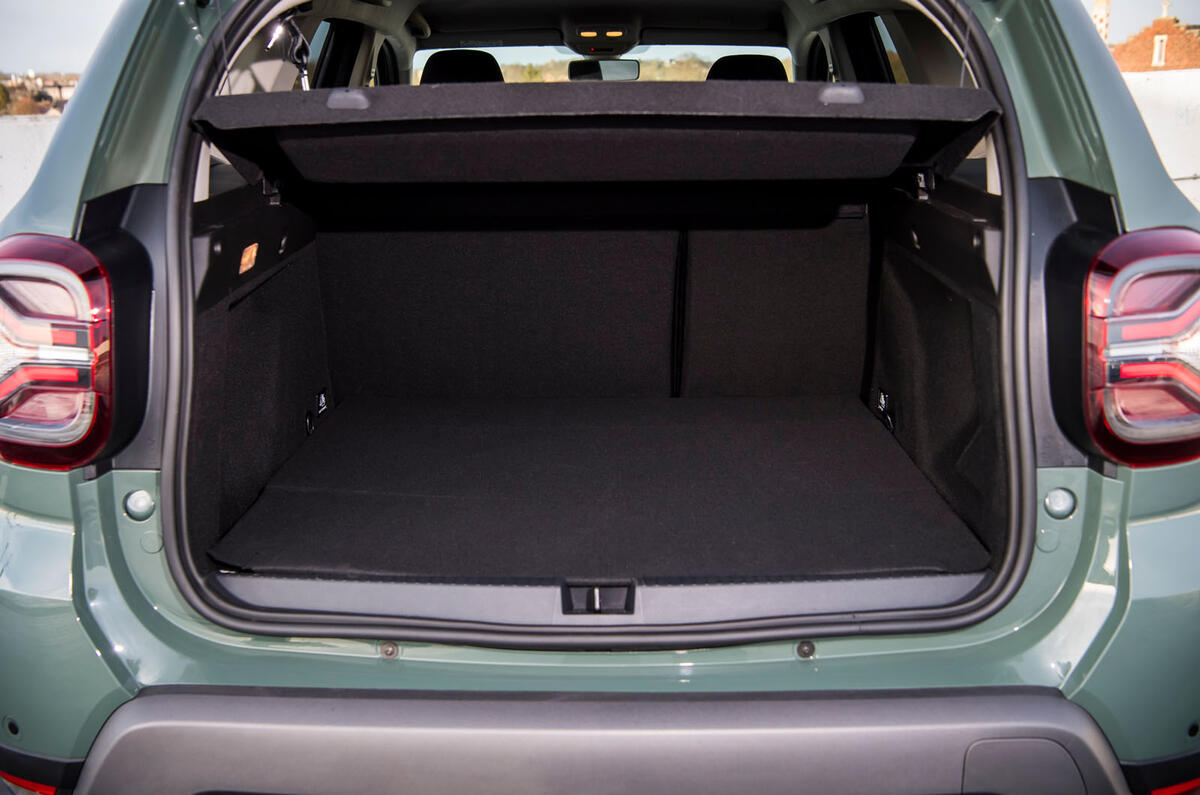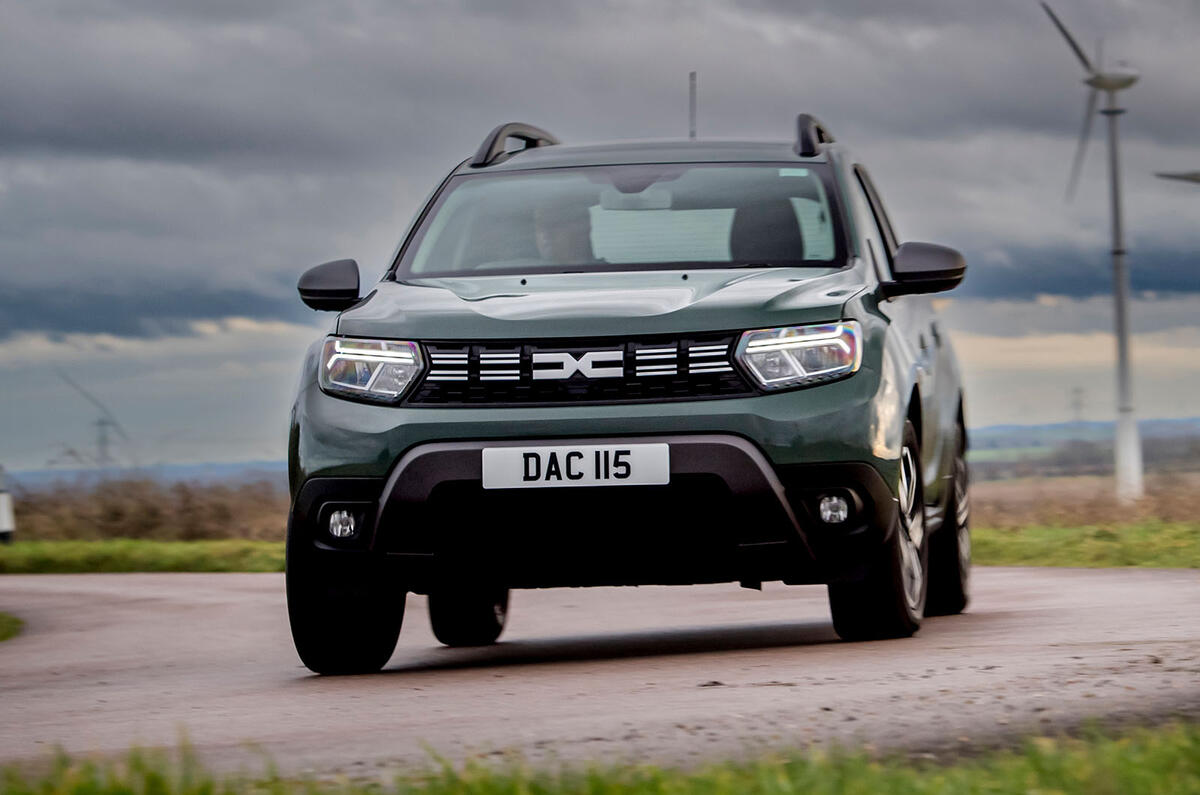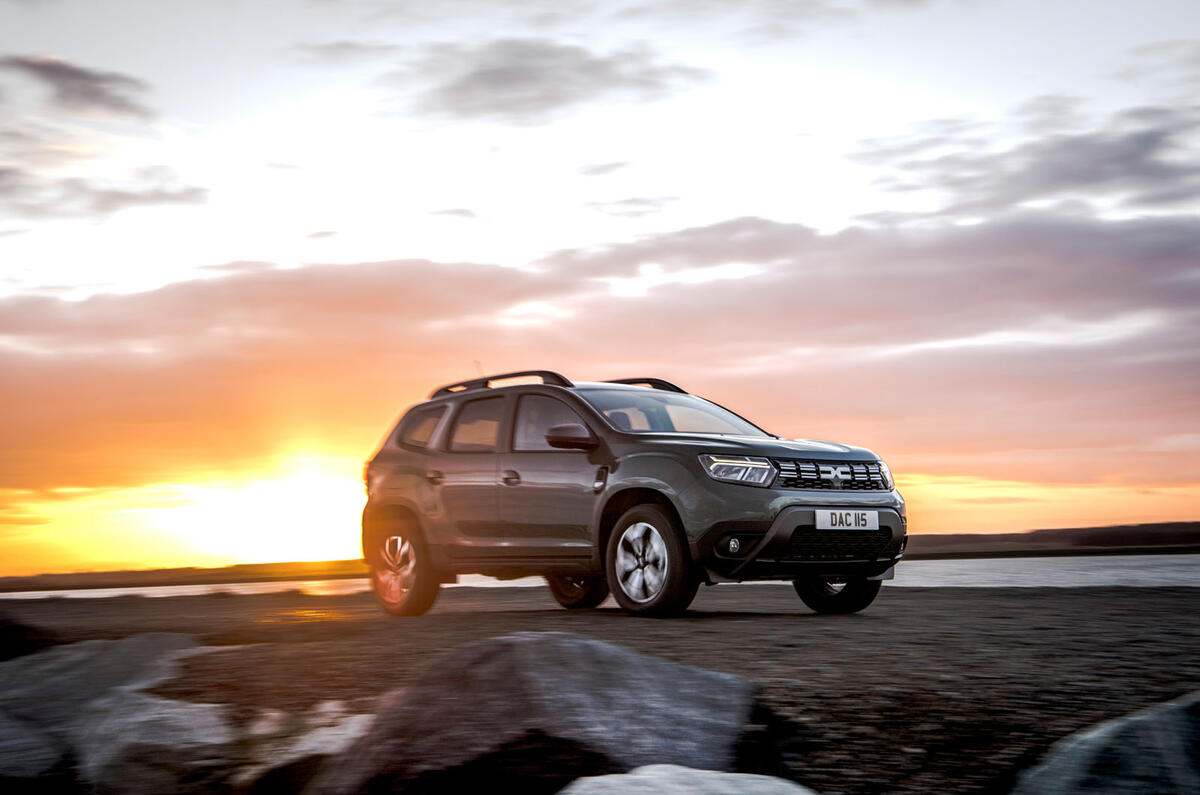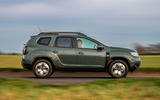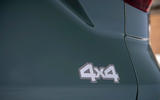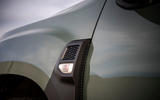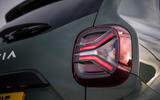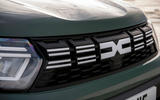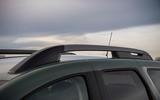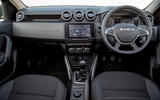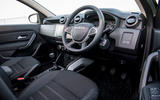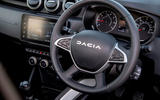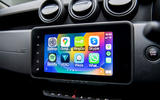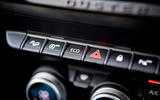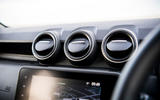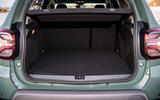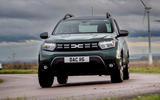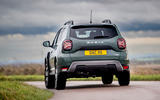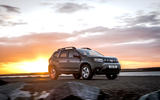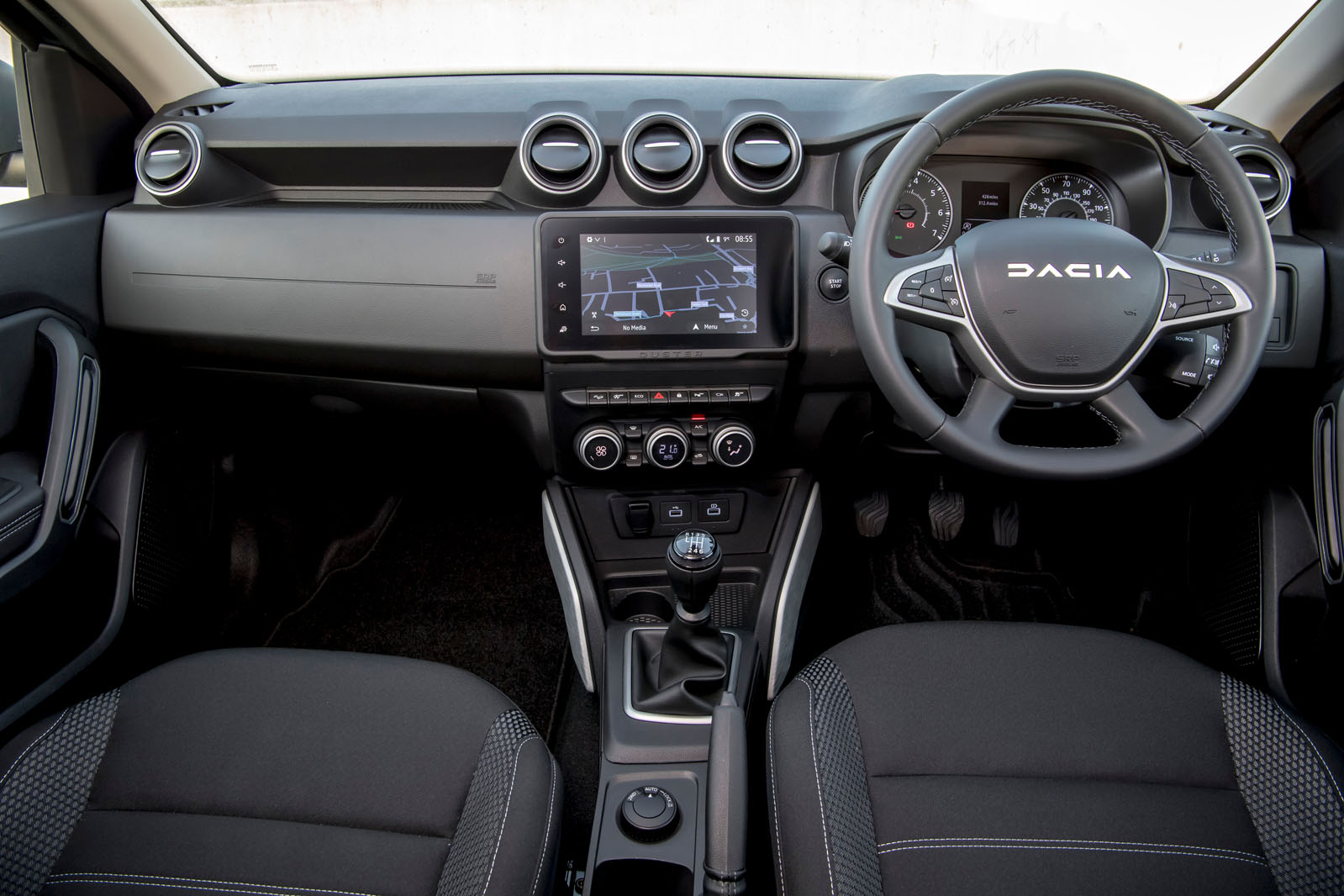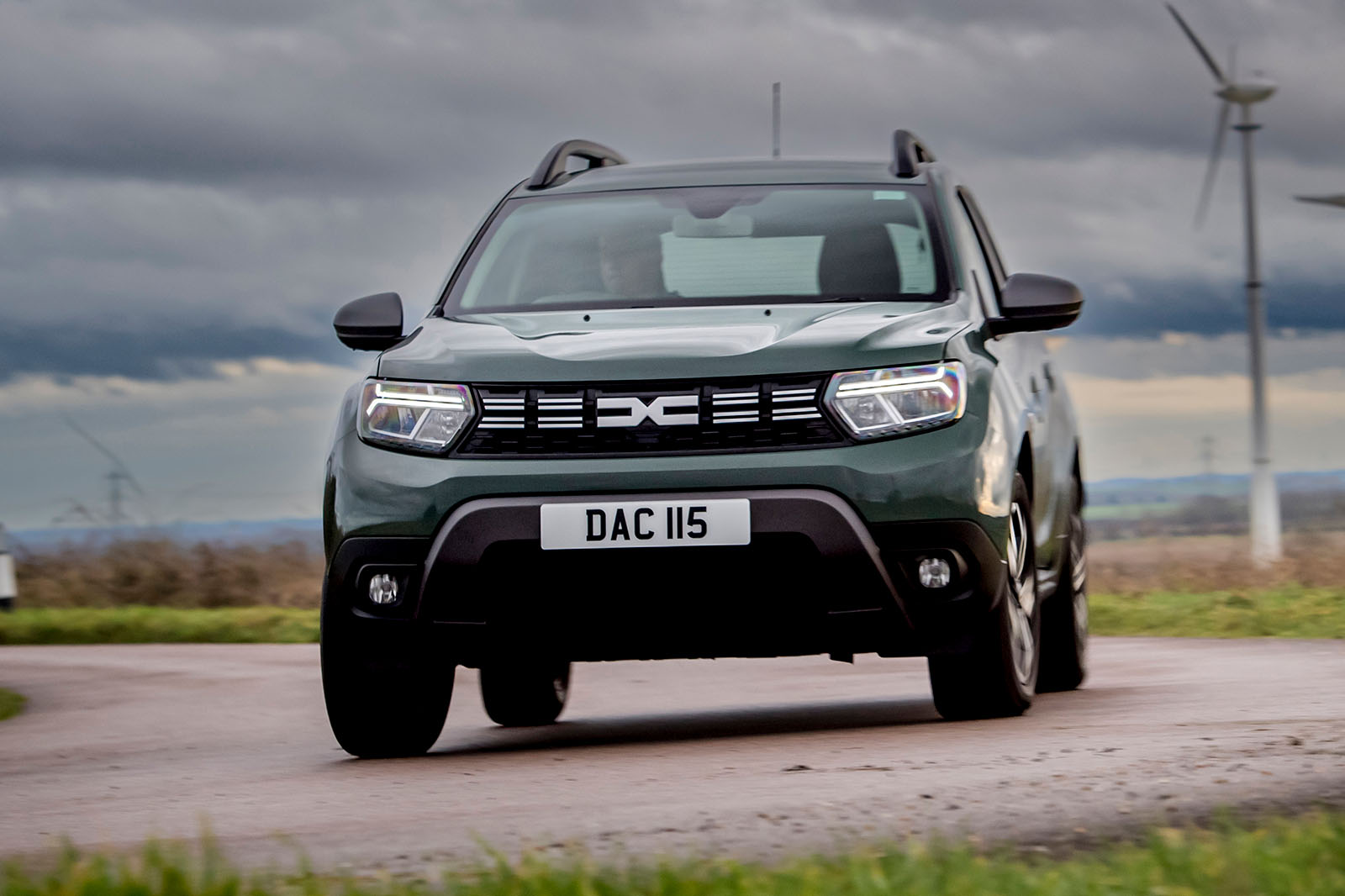The Dacia Duster ushered in the very beginning of the Dacia story, at least as far as the UK market is concerned; and so perhaps us Brits will always think of it as the Romanian budget brand's formative model. Back in 2013 (when the Dacia brand's UK launch happened), Autocar liked the Duster, we rated it and, along with its Sandero, Sandero Stepway and Logan MCV range-mates, we watched it get off to a flying sales start.
Dacia sold just over 25,000 cars in the UK in 2017, and claimed more than 1% market share: more than Lexus, Alfa Romeo and Jeep managed between them. And now? Well, while other brands struggled through the pandemic years and the chip shortages and recession that has followed, Dacia has blossomed. It now makes Europe's second biggest-selling new car (the Sandero supermini); in the UK, at least, sales of the Duster aren't far behind its smaller sibling.
The second-generation Duster is a car whose dimensions are almost identical to that of the one it replaces, but on which there have been key styling and architectural changes wrought and which has an all-new interior offering more space and better occupant comfort and convenience than its predecessor.
The Duster is set to continue where the last one left off, having that ‘shockingly affordable’ sub-£10k entry-level price, but also developing in ways well beyond its predecessor.



